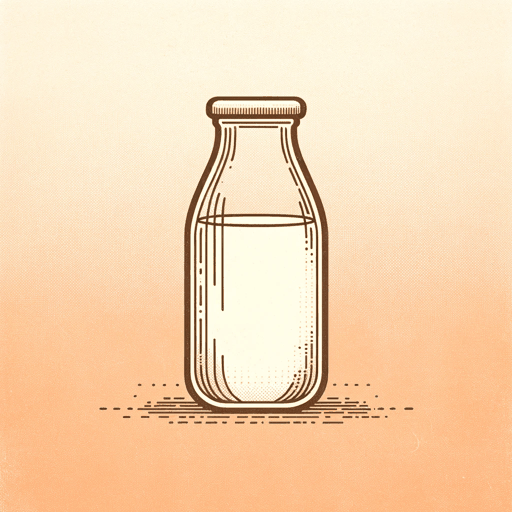49 pages • 1 hour read
Chris van TullekenUltra-Processed People: The Science Behind Food That Isn't Food
Nonfiction | Book | Adult | Published in 2023A modern alternative to SparkNotes and CliffsNotes, SuperSummary offers high-quality Study Guides with detailed chapter summaries and analysis of major themes, characters, and more.
Part 1Chapter Summaries & Analyses
Part 1: “Wait, I’m Eating What?”
Part 1, Chapter 1 Summary: “Why Is There Bacterial Slime in My Ice-Cream? The Invention of UPF”
Van Tulleken uses the example of a mass-produced ice cream from a brand called Hackney Gelato to demonstrate both how UPF is made and the economic logic behind that process. He starts by reviewing the ice cream’s extensive list of ingredients, which includes stabilizers, emulsifiers, gums, and different oils. As he notes, the presence of such ingredients, which one would not find in a typical home kitchen, is a classic hallmark of UPF. He also wonders why all these ingredients are necessary, asking, “Surely it would be simpler and cheaper to use fewer ingredients?” (16). Speaking to an industry insider, Paul Hart, van Tulleken learns that the purpose of such ingredients is in fact to save money.
UPF ingredients achieve this goal, first, by allowing for more effective storage and distribution of products. In the case of ice cream, emulsifiers and gums make the ice cream more tolerant of warmth. With these chemicals, ice cream can be more easily transported across longer distances without ice crystals forming in the product. This saves money relative to non-UPF ice cream, which can only be stored for shorter periods and thus only distributed more locally.
Second, UPF replaces the more expensive ingredients in traditional foods.

